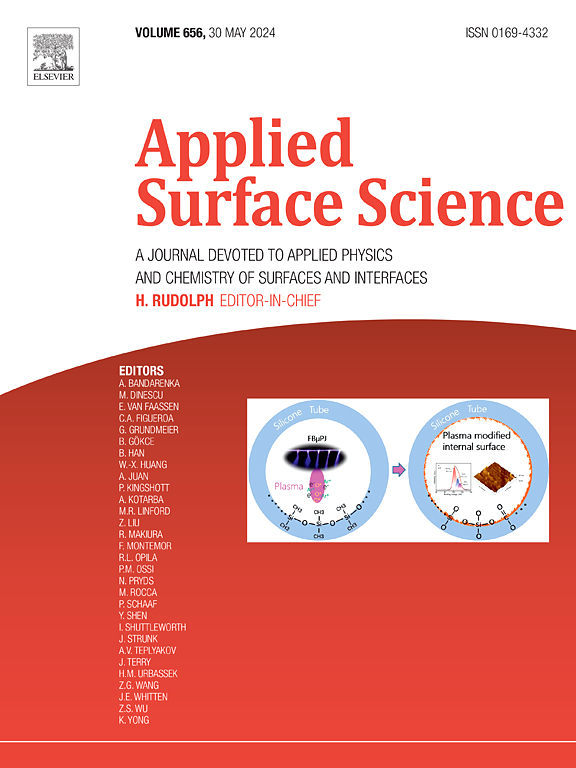Effect of alpha olefins as additives on the friction performance of a-C/PAO composite systems under variable load conditions
IF 6.3
2区 材料科学
Q2 CHEMISTRY, PHYSICAL
引用次数: 0
Abstract
The tribological performance of amorphous carbon (a-C) and PAO oil composites is critical for mechanical system. However, the impact of unsaturated AO molecules in PAO oil on the a-C/PAO system under variable loads complicating experimental characterization and understanding of friction mechanisms. Herein, reactive molecular dynamics simulations were employed to systematically examine the influence of AO molecules on the friction behavior of a-C/PAO composite systems under variable load conditions. Results reveal distinct pressure-dependent mechanisms governing the tribological behavior, highlighting the interplay between hydrodynamic lubrication and interfacial passivation. At low contact pressure, friction behavior is primarily governed by hydrodynamic lubrication, where an increase in AO chain length reduces lubricant mobility. Upon increasing contact pressure to 50 GPa, the friction interface transitions to a regime dominated by the competitive interplay between hydrocarbon passivation and C–C bond formation, but the degree of interfacial passivation induced by AO molecules results in variations in friction performance. As pressure further reverts to 5 from 50 GPa, the fracture of long-chain AO molecules into shorter fragments weakens the difference in interfacial structures between systems. These results deepen the understanding of friction mechanisms involving AO molecules in a-C/PAO systems and provide theoretical guidance for designing high-performance lubrication systems.


α -烯烃对变载荷条件下a-C/PAO复合材料摩擦性能的影响
非晶碳(a-C)与PAO油复合材料的摩擦学性能对机械系统至关重要。然而,PAO油中不饱和AO分子在变载荷下对a-C/PAO体系的影响使实验表征和对摩擦机制的理解复杂化。本文采用反应分子动力学模拟方法,系统研究了AO分子对变载荷条件下a-C/PAO复合材料摩擦行为的影响。结果揭示了不同的压力依赖机制控制摩擦学行为,突出了流体动力润滑和界面钝化之间的相互作用。在低接触压力下,摩擦行为主要由流体动力润滑控制,其中AO链长度的增加会降低润滑剂的流动性。当接触压力增加到50 GPa时,摩擦界面转变为烃类钝化和C-C键形成的竞争性相互作用,但AO分子诱导的界面钝化程度导致了摩擦性能的变化。当压力从50gpa进一步恢复到5时,长链AO分子断裂成更短的片段,削弱了系统之间界面结构的差异。这些结果加深了对a-C/PAO体系中AO分子摩擦机理的理解,为设计高性能润滑系统提供了理论指导。
本文章由计算机程序翻译,如有差异,请以英文原文为准。
求助全文
约1分钟内获得全文
求助全文
来源期刊

Applied Surface Science
工程技术-材料科学:膜
CiteScore
12.50
自引率
7.50%
发文量
3393
审稿时长
67 days
期刊介绍:
Applied Surface Science covers topics contributing to a better understanding of surfaces, interfaces, nanostructures and their applications. The journal is concerned with scientific research on the atomic and molecular level of material properties determined with specific surface analytical techniques and/or computational methods, as well as the processing of such structures.
 求助内容:
求助内容: 应助结果提醒方式:
应助结果提醒方式:


